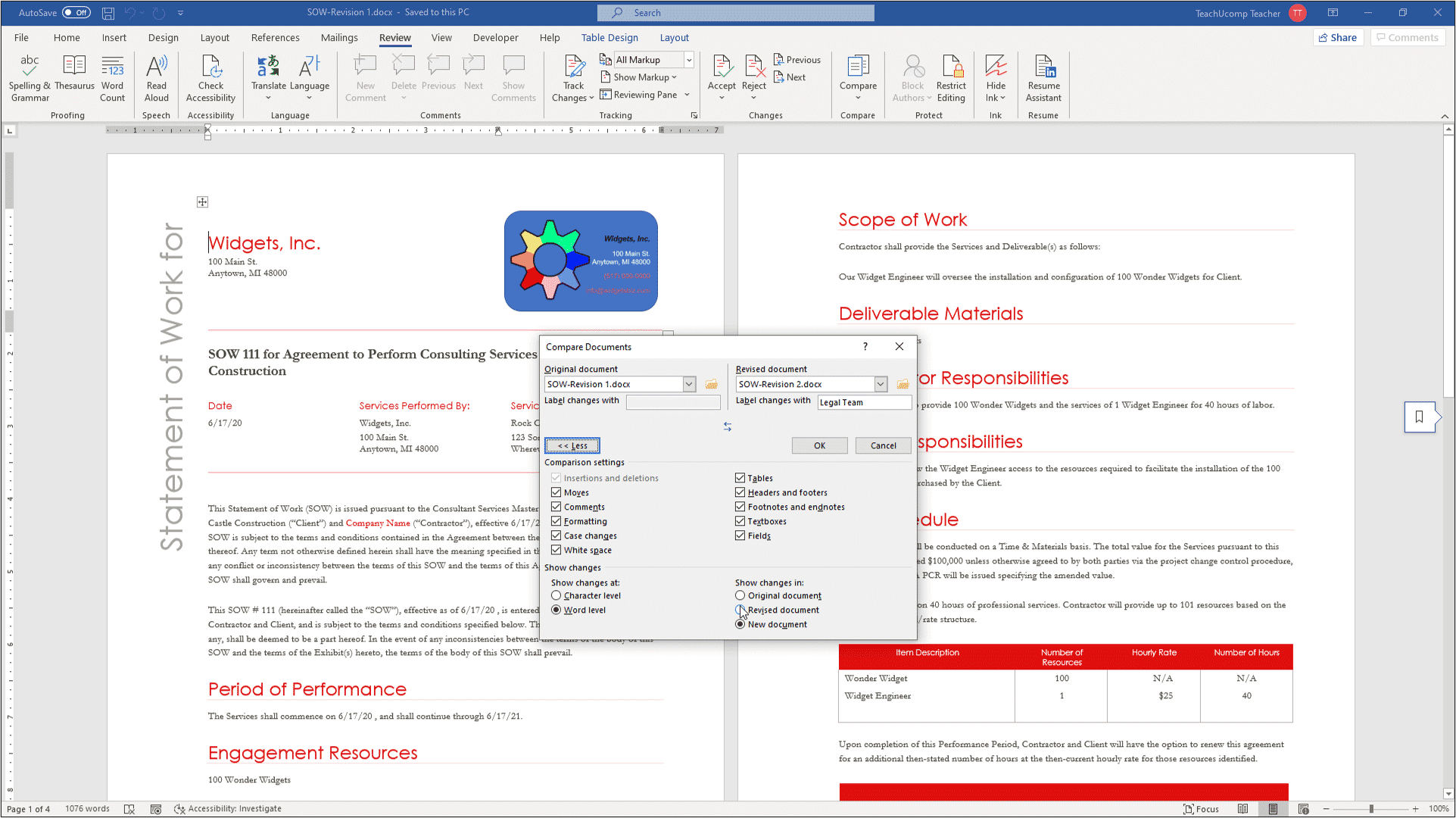
The compatibility options are at the bottom of those displayed on the screen.) Hopefully the printed versions on the two machines will now be much closer to identical. In Word 2007 display the Word Options dialog box and click Advanced at the left side. In most versions through Word 2003 display the Compatibility tab of the Options dialog box. (How you display and change the compatibility options depends on the version of Word you are using. Now, in the other machines in the office, display the compatibility options and make sure that they are set the same way you set them in Word 2010.

Word displays the Word Options dialog box.
#Differences between microsoft office packages drivers
Once the printer drivers are the same, you will need to make sure that both versions of Word use the printer driver to do their layout. Check to make sure that the two machines have the same version of printer driver, and that they are both using the same printer driver. Different printer drivers can render different fonts in subtly different ways, which can affect pagination over the course of a document. One possible cause is the printer drivers used on the different machines. There are a couple of things you can check out, however. There are a lot of factors that go into determining how Word renders a document-so many that it is sometimes hard to pinpoint the cause for any given problem. Greg is wondering what causes this and if there is a cure.

Whenever Greg receives a document prepared with an older version of Word and opens it in Word 2010, the line spacing and even the font spacing are frequently different, so much so that the pagination can be completely different on the two versions. The folks in the office frequently have to exchange documents for editing. Some are running Word 2000, some Word 2003, some Word 2007, and others Word 2010. Greg's office has a mixture of machines, all running different versions of Word.


 0 kommentar(er)
0 kommentar(er)
